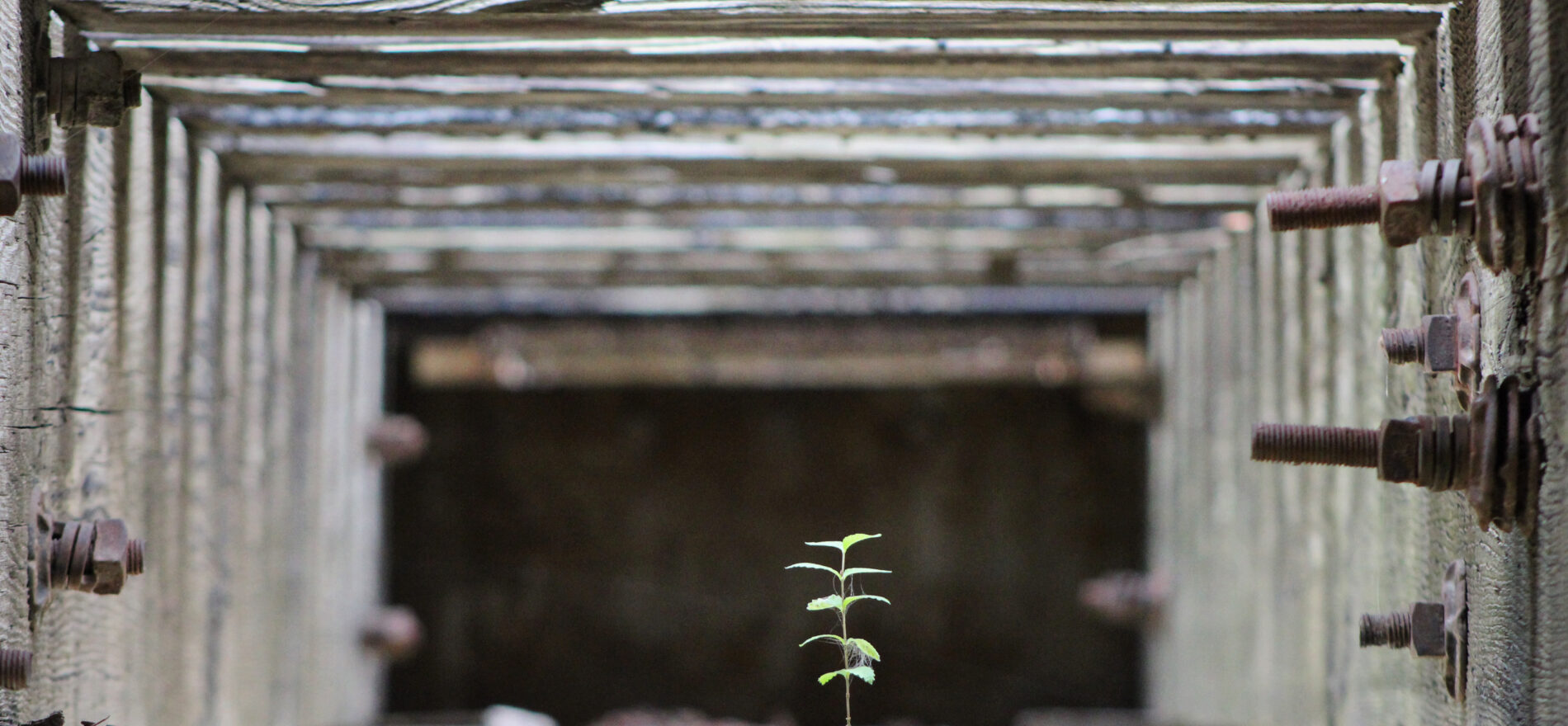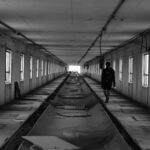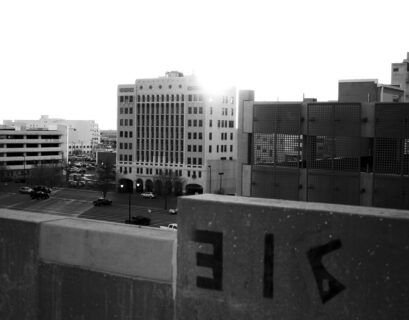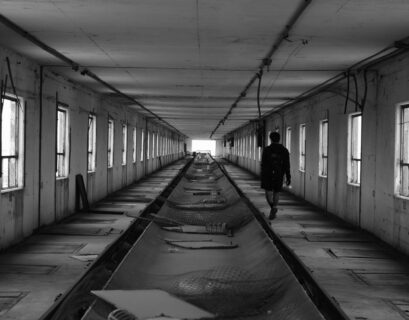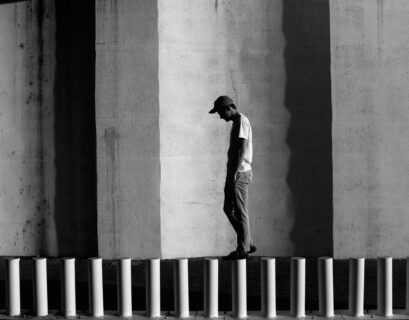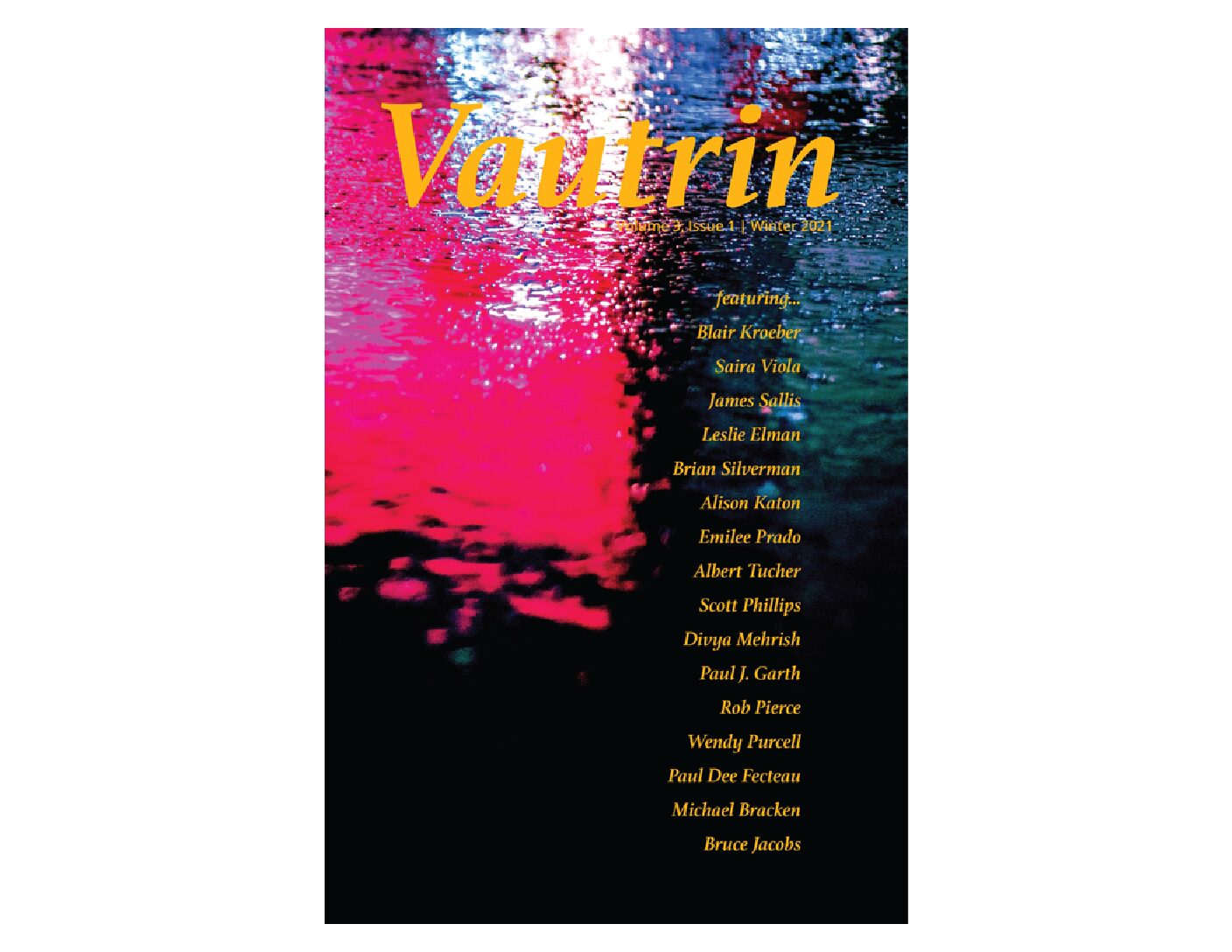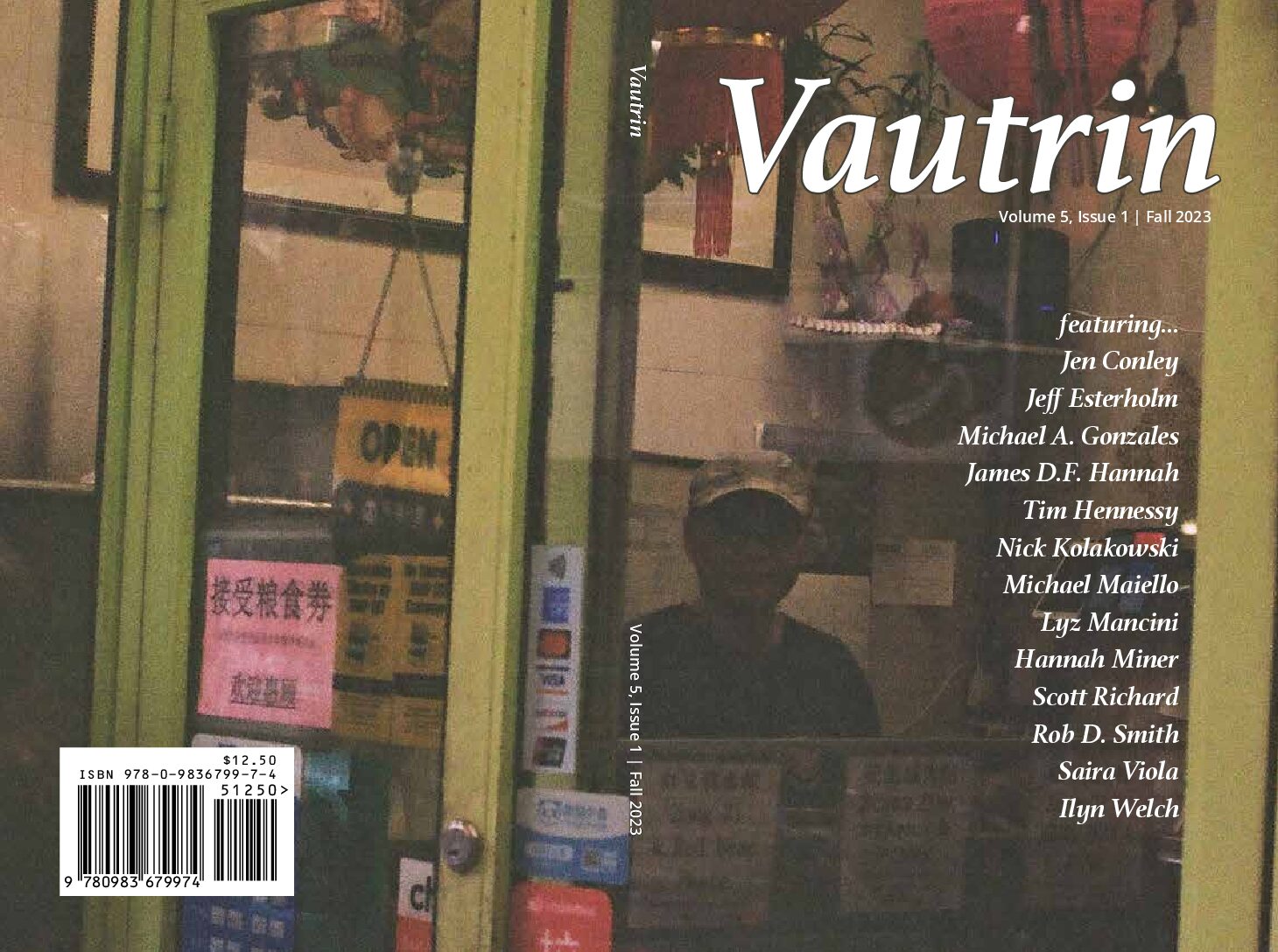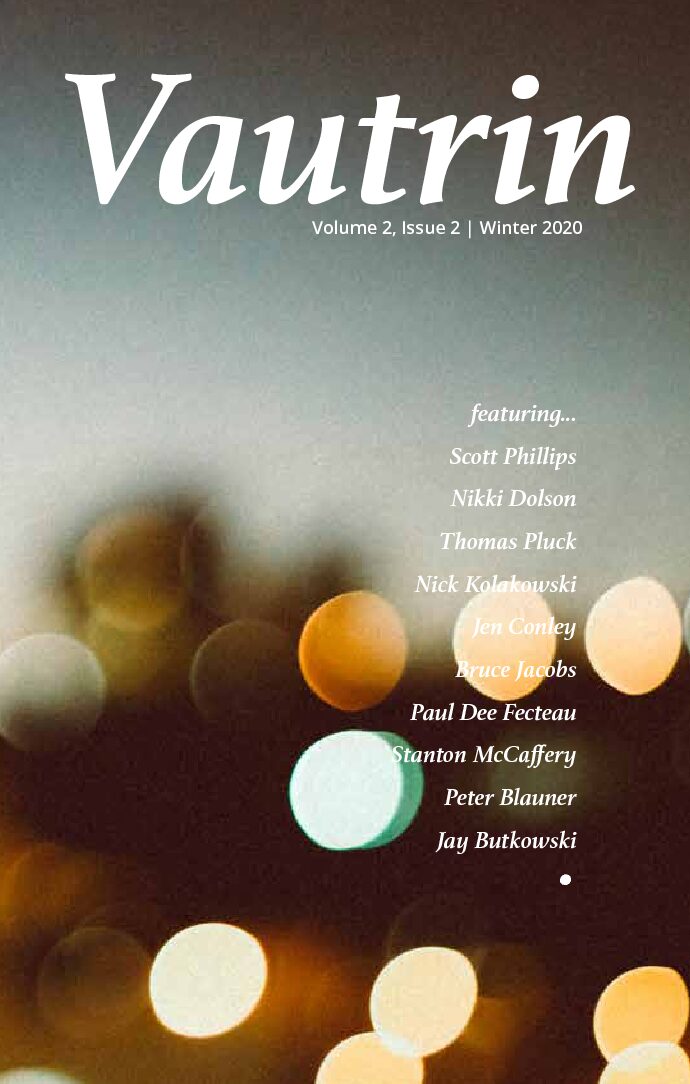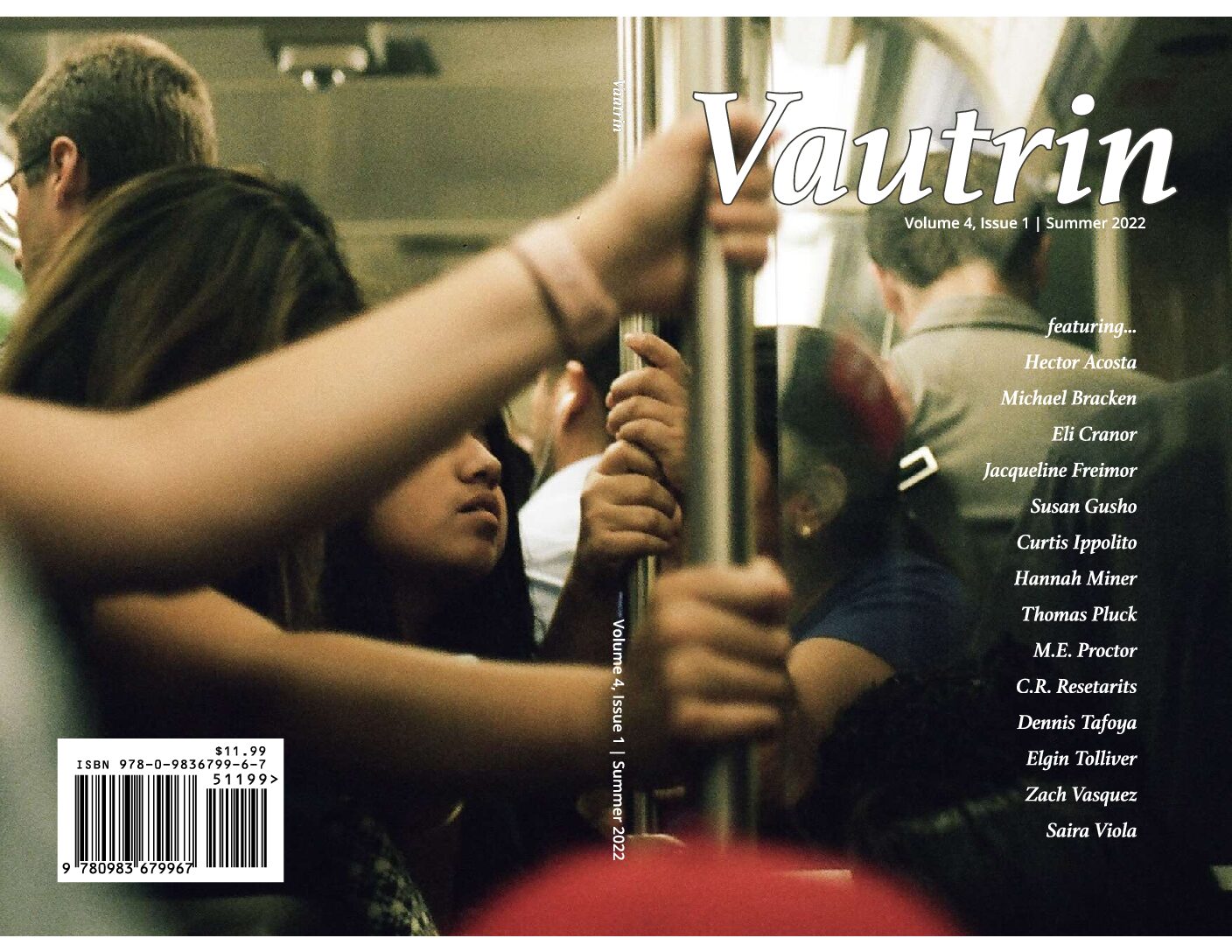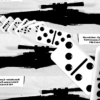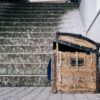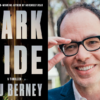By Susan Gusho /
A labyrinth of political conspiracy, a nested set of historical narratives, and a steamrolling atmosphere of dread and inexorable fate shape Juan Gabriel Vasquez’s exquisite recent novel, The Shape of the Ruins. The book nearly defies categorization; Vasquez might have concocted a political or procedural thriller, as its Alan Furst blurb breezily suggests, but like the proverbial phoenix, the book transmogrifies into something broader, a compelling and deep rumination on national mythology and the inheritance of violence, until it takes on an almost Faulknerian splendor.
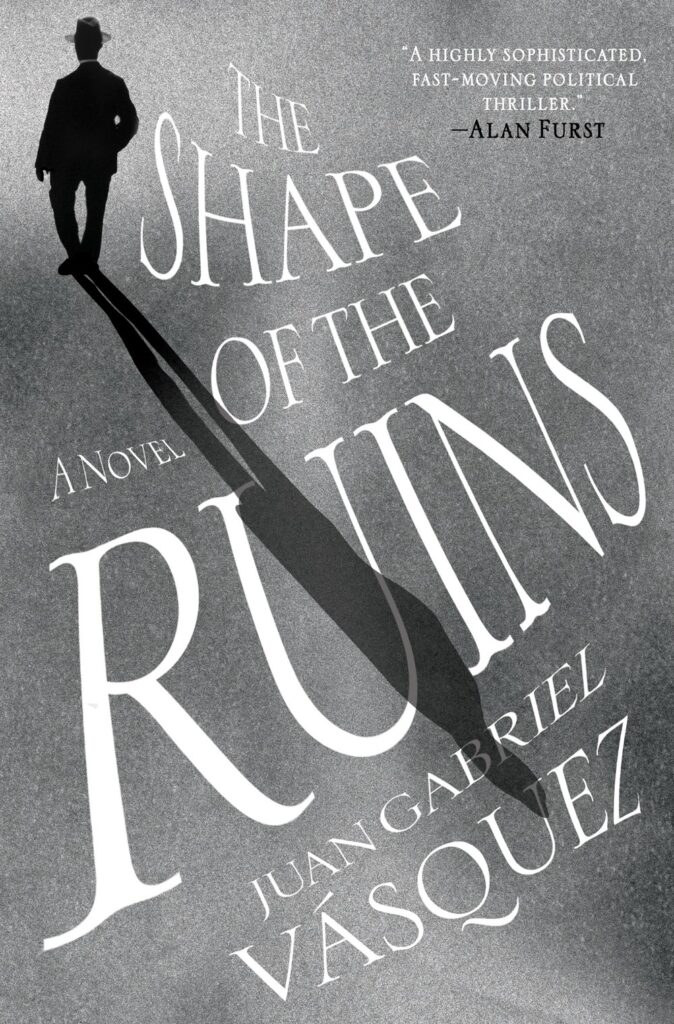
In the opening pages of The Shape of the Ruins readers discover that the book’s first-person narrator is none other than Juan Gabriel Vasquez, a fictionalized version of the actual, real author Juan Gabriel Vasquez. Fictional Juan Gabriel Vasquez has written the same previous novels as real-life Juan Gabriel Vasquez. He has studied law in Bogota only to abandon it for literature, lived overseas in Paris and Belgium, and written newspaper columns for El Espectador. Such conspicuous blurring of fiction and reality lends the book an autofictional flavor, and it feels utterly contemporary, even as it quickly veers into speculation, conspiracy, and alternative history.
Specifically, The Shape of the Ruins examines the circumstances surrounding the assassination of Colombian Liberal presidential candidate Jorge Eliecer Gaitan on April 9, 1948. Gaitan was shot. A mob dragged his assassin through the streets, beating him to death. This day became known in Colombian history as the “Bogotazo,” a day of rioting on which 5,000 people were killed and which ushered in a decade of extreme violence between the Conservative and Liberal parties referred to as “La Violencia.” In Colombian history, April 9, 1948, carries a brutal impact and cultural significance similar to John F. Kennedy’s assassination in the United States. The Shape of the Ruins uses “found” artifacts — interspersed photos, records, newspaper articles and journal entries, even frames from the Kennedy/Zapruder film — to illustrate details likely to add up to conspiracy, all the while erasing the boundary between actual history and invented fiction in a compelling, if tricky, manner. For example, the photographic image of an x-ray featuring Gaitan’s vertebrae with a gaping bullet hole through it leads one of the novel’s main characters to show it to Juan. The vertebrae floats in a jar of formaldehyde. Juan is drawn to it with “an aspect of fascination or fetishism, and also something (impossible to deny) of an ancient superstition.” The vertebrae becomes the book’s thematic relic, an object of power central to the plot, prompting Juan to remark, “We mustn’t offend the objects of the past,” as if the past were alive, wielding a power that could upend the current climate’s tenuous balance between the forces of history, power, violence, and silence.
The novel’s antagonist and major conspiracy theorist, Carlos Carballo, hosts a midnight to 4 a.m. radio show called “Night Owls.” Narrator Juan Gabriel Vasquez circles Carballo for most of the book, simultaneously fascinated and repulsed by him, musing, “I can’t say that I knew him, but I had a level of intimacy with him that only those who have tried to deceive themselves achieve.” Carballo aims to convince Vasquez to write the definitive book unmasking the sinister figures responsible for Gaitan’s assassination. And though Vasquez and Carballo first meet at a party during which Carballo goads Juan into a fight, Juan later agrees, for his own secret reasons, to author Carballo’s book. Carballo’s ardor compels him, but our narrator remains skeptical about Carballo’s motivations. Juan explains:
I remembered a novel by Ricardo Piglia where he says that even paranoid people have enemies. Contact sustained with other people’s paranoias, which are multifarious and lie hidden behind the most tranquil personalities, work on us without our noticing, and if you don’t watch out, you can end up investing your energy in silly arguments with people who devote their lives to irresponsible conjectures. Or perhaps I was being unfair to Carballo: perhaps Carballo was only a skillful reiterator of information obtained in the sewers of the internet, or even one of those men who has an involuntary addiction to more or less subtle provocation, to the scandal of easily shocked people. Or maybe it was all even simpler: Carballo was a damaged man, and his beliefs were defense mechanisms against the unpredictability of life — the life that at some unfathomable moment had done him harm.
Only at the book’s conclusion, after plunging down a twilight zone rabbit hole of Colombian history and parsing the individual elements of an epic conspiracy, can readers decide which of these assessments about Carballo ring true and judge for themselves narrator Vasquez’s reliability. In a metafictional sense, readers must finally also entertain the notion that The Shape of the Ruins is indeed that definitive political book.
Nine years after smashing Carballo in the face with a whiskey glass at a party, Vasquez agrees to write Carballo’s book, though in doing so he has a scheme of his own. He minutely investigates Carballo’s conspiracy claims but realizes that in order to fully understand the Gaitan assassination, he must roll his perspective back further into the past to untangle another assassination — that of Rafael Uribe Uribe on October 15, 1914. A revered leader of the Liberal Party, a senator of Colombia, and a veteran of civil wars, Uribe acted against type and supported a Conservative candidate, betraying the Liberal cause and soon after receiving veiled threats. Two tradesmen murdered Uribe with a hatchet on the street outside his home. At the behest of Uribe’s close relatives, a young lawyer and Uribe protégée named Anzola undertakes a “parallel investigation” of the crime, finally producing a book titled, Who Are They? Though Anzola ultimately argues in court that a shadowy cabal is behind the assassination, he ultimately fails to name the “elegantly dressed man” with “striped trousers and patent leather ankle boots” who seems to be the crime’s ultimate fixer. Yet this is precisely the point when law (history) and literature (fiction) diverge. The book asks readers to consider the extent to which history represents only one possibility. As Carballo insists:
Someone made that story win, and not any of the others, and that’s why we believe it today. Or rather: we believe it because it got written down, because it wasn’t lost in the endless hole of words that only get said, or even worse, that aren’t even spoken, but are only thought. The journalist shows up, the twentieth-century historian shows up, and they put something in writing: it might be the Uribe crime, it might be men landing on the moon, it might be whatever you like: the atomic bomb or the Spanish Civil War or the secession of Panama. And that’s the truth, but it’s only true because it happened in a place that can be told and someone told it in concrete words.
History is only history because one sanctioned, documented narrative triumphs over other unseen truths that occur in corners and interstices. Echoes from the 1914 Uribe assassination rebound and inform the 1948 Gaitan assassination. The assassinations connect literally, through narrative plot threads that are all but invisible to the historical record, and metaphorically, as an inescapable and encompassing violence freight Colombia’s collective unconscious from one generation to the next. This plot structure grows into a house of mirrors, and the novel’s characters become doppelgängers of one another.
Throughout The Shape of the Ruins fictional Vasquez is beset with anxiety about the birth of his twin daughters. He and his wife visit Colombia during his wife’s pregnancy, but complications arise that make traveling back to their home in Europe impossible. His daughters are born in a Bogota hospital where he first encounters an acquaintance, Dr. Benevides, the character who lures him into examining these historical mysteries. Although Juan regards Benevides as “one of the most honest and most transparent — yes: cleanest — people I’d ever met” he also realizes Benevides is also a “dirty person” capable of infecting the newborn twins with the national strain of brutality. “I wondered if it wasn’t possible that a door might open in my life and the monsters of violence enter through it, able to invent strategies and ruses to get into our lives, into our houses and our rooms and our children’s beds.” Going to live overseas only internalizes a person’s struggle to be free of these monsters. “It’s not that we Colombians leave Colombia,” a friend of Vasquez summarizes. “We’re just always leaving.” It is Juan’s deepest, unspoken wish to keep his daughters safe from the taint and weight of his country’s penchant for murder and destruction.
This legacy of violence expands ever outward, like ripples in a pond, beyond the two historical periods portrayed and beyond the frame of the novel. The Shape of the Ruins also reads as account of the literary development of author Juan Gabriel Vasquez and the elements shaping his writing career. Real-life Juan Gabriel Vasquez wrote a dazzling novel called The Sound of Things Falling (English translation, 2013) whose thematic concern centers on the Escobar drug wars in Bogota and their unbridled influence on an entire generation. In The Shape of the Ruins, the character Vasquez, while living in Paris, describes the news item he happens upon that subsequently becomes the germ of The Sound of Things Falling — a seemingly throwaway report about one of Pablo Escobar’s escaped hippopotami hunted in Colombia. He muses,
That’s what I did: I tried to explain it, I told a story, I wrote a book. And I swear that I thought, after finishing The Sound of Things Falling, that I had settled my debts with the violence it had fallen to me to live through. Now it seems incredible that I hadn’t understood that our violences are not only the ones we had to experience, but also the others, those that came before, because they are all linked even if the threads that connect them are not visible, because past time is contained within present time, because the past is our inheritance without the benefit of an inventory and in the end we eventually receive it all: the sense and the excesses, the rights and the wrongs, the innocence and the crimes.
Or, as Faulkner famously wrote, “The past is not ever dead. It’s not even past.”
The Shape of the Ruins raises ghosts. The whole mesmerizing opening sequence strikes an otherworldly note, inflected with references to whiteness and insubstantiality. Juan takes “nocturnal strolls” through dim, white hospital corridors. Here he recognizes his former acquaintance, Dr. Benevides, “or rather he made himself recognized by me,” a curious locution that cannot be a fault of translation. Though Juan is hesitant to speak about his wife’s condition, he asks what brings Benevides to the hospital at this hour.
“Visiting a patient,” he told me.
“And what does your patient have?”
“A lot of pain,” was his brutal summary. “I came to see what I could do to help.”
Juan might himself be the person suffering existential pain, and the subtext suggests Benevides has manifested to help in a metaphysical capacity.
Vasquez summons another type of ghost, a literary one — Gabriel Garcia Marquez, who witnessed the Gaitan murder. Marquez occupies the periphery of The Shape of the Ruins throughout. In his memoir, Living to Tell the Tale, Marquez recalls that “a tall man wearing an irreproachable gray suit as if he were going to a wedding incited the crowd” to mob Gaitan’s apparent assassin. Juan, our narrator, remarks:
I had read Garcia Marquez’s memoir as everyone had, and I had felt uncomfortable, as everyone had, and even alarmed at the clarity with which the country’s best novelist, as well as our most influential intellectual, suggested without foundation or euphemism the existence of a hidden truth . . . . That man had a false murderer killed to protect the identity of the real one.
In our story about fictional Juan Gabriel Vasquez, Marquez is conjured once again at the funeral of a close friend and fellow author. The friend’s wife reads a eulogy describing the friend telling his young son a Greek myth about Pegasus and Medusa. When his young son scoffs at the tale, the friend responds, “I knew from that moment that you’d been born with an immunity to magical realism.” Just so, author Juan Gabriel Vasquez re-imagines and revitalizes Latin American literary tradition by consciously breaking with it. He once stated in an interview,
I want to forget this absurd rhetoric of Latin America as a magical or marvelous continent. In my novel there is a disproportionate reality, but that which is disproportionate in it is the violence and cruelty of our history and of our politics.
. . . Like all grand novels, One Hundred Years of Solitude requires us to reinvent the truth. I believe that this reinvention is to make us lose ourselves in the magical realism. And what I have tried to make in my novel is to recount the 19th century Colombian story in a radically distinct key and I fear to oppose what Colombians have read until now.1
Nor is Garcia Marquez the only literary ghost hanging about the margins of this ambitious novel — Serbian writer Senka Marnikovic, Borges, Kafka, Orwell, and Conrad (to name a few) make flitting appearances, and one can imagine Juan Gabriel Vasquez engaging in a metafictional dialogue with each of them. While this may sound daunting, Vasquez is stylistically lucid, ruminative, and sharp, not difficult or obfuscating in the least, part of the reason reading The Shape of the Ruins is such a pleasure.
Ricardo Piglia is the author Vasquez most seems heir to. The Argentine Piglia wrote in the Rio de la Plata tradition; he delighted in multiplicity, real or imagined conspiracy, narrators with alter egos, nested narratives.2 His fiction itself became a mode of inquiry, depending not only on an author constructing a narrative, but just as vitally on the reader interpreting it. After all is said and done, what one makes of The Shape of the Ruins depends on whether a reader opts to have deciphered a conspiracy or to have become part of the conspiracy by accepting it as fiction. Deciding that The Shape of the Ruins offers a compelling alternative history and that it reveals a shadowed truth implicitly allows for a certain paranoia to inform one’s world view. Juan Gabriel Vasquez thus embodies paranoia in the very act of reading, melding his novel’s form and its content in an entirely unforgettable manner.
It would be folly to conflate narrator Juan Gabriel Vasquez and author Juan Gabriel Vasquez. Though it is as tempting as drinking from the blushful Hippocrene to imagine they are one and the same, doing so ignores traps and pitfalls along the way. As the postscript author’s note advises, “The Shape of the Ruins is a work of fiction. Characters, incidents, documents, and episodes from past or present reality are used here in a novelized form and with the liberties characteristic of the literary imagination. Readers who wish to find coincidences with real life in this book do so at their own risk.” Oh reader, be warned: it is complicated, but in the end, the payoff is both extraordinary and richly entertaining. §
Susan Gusho is a Vautrin Contributing Editor.

